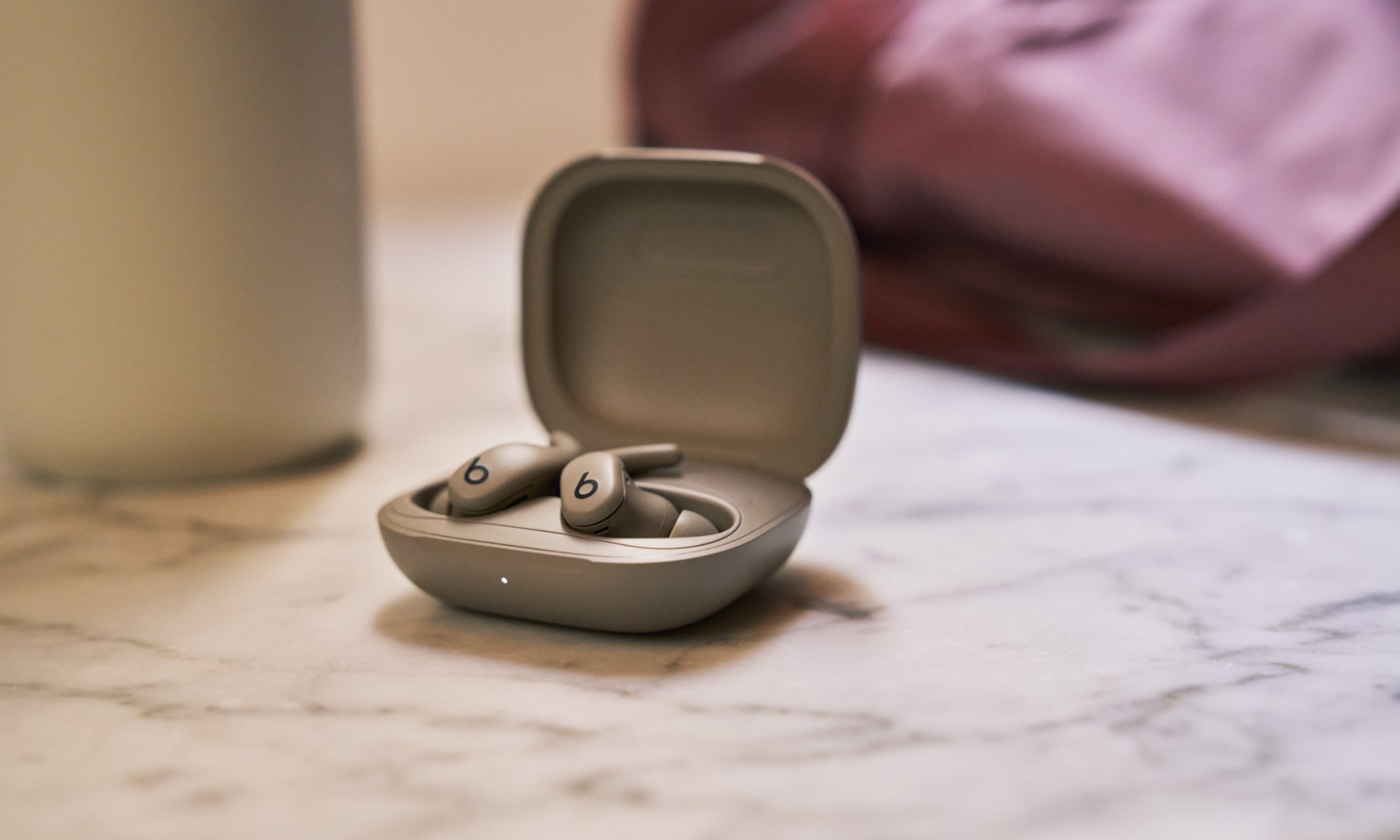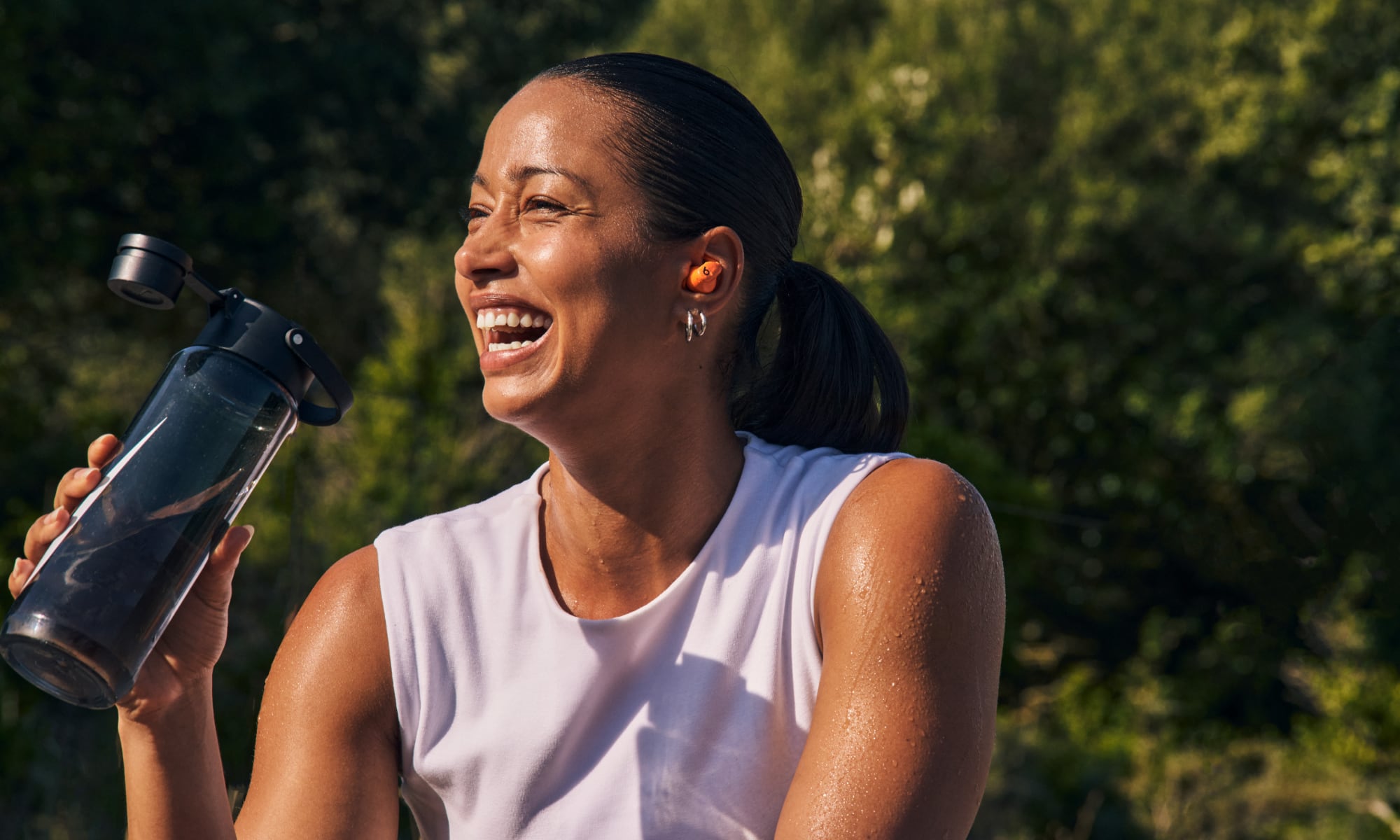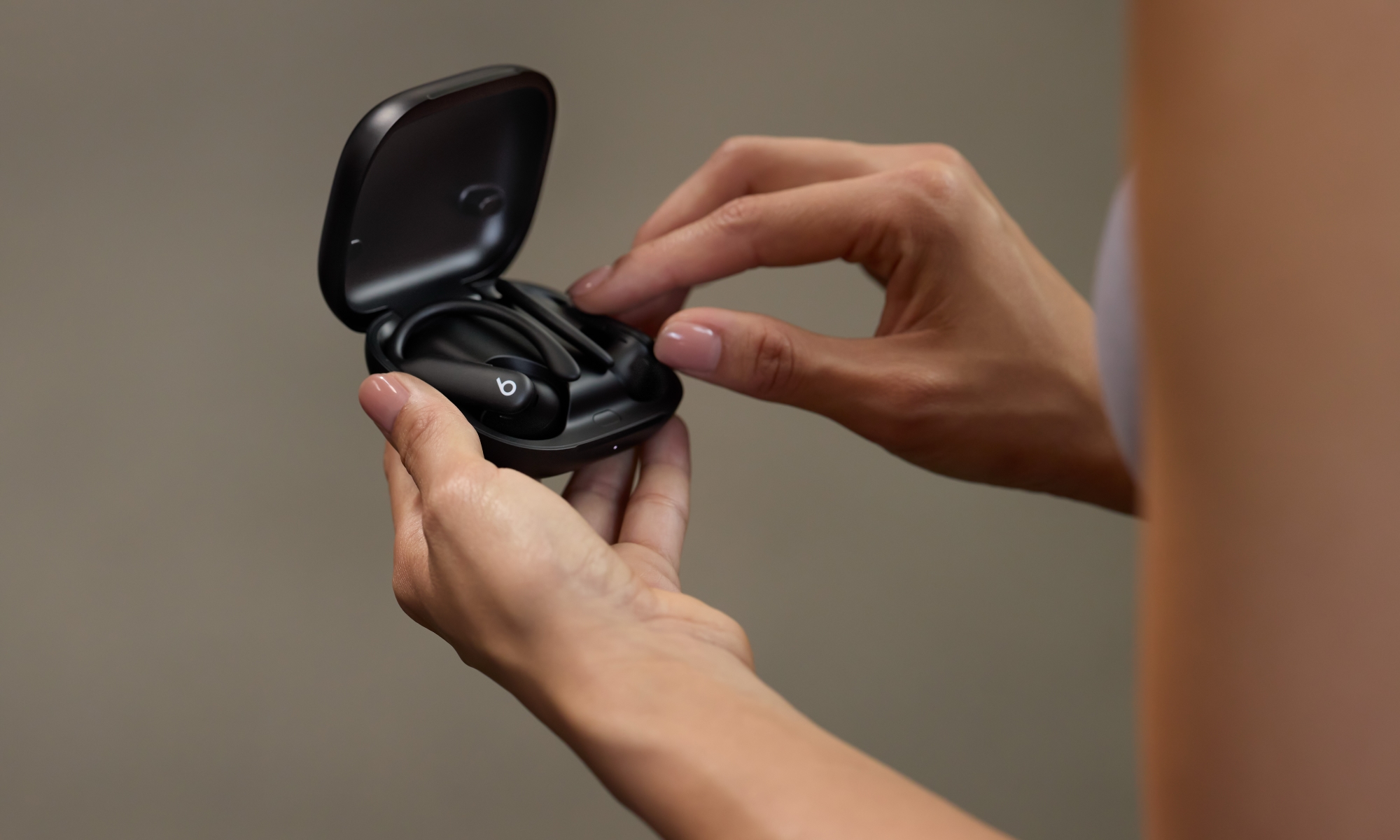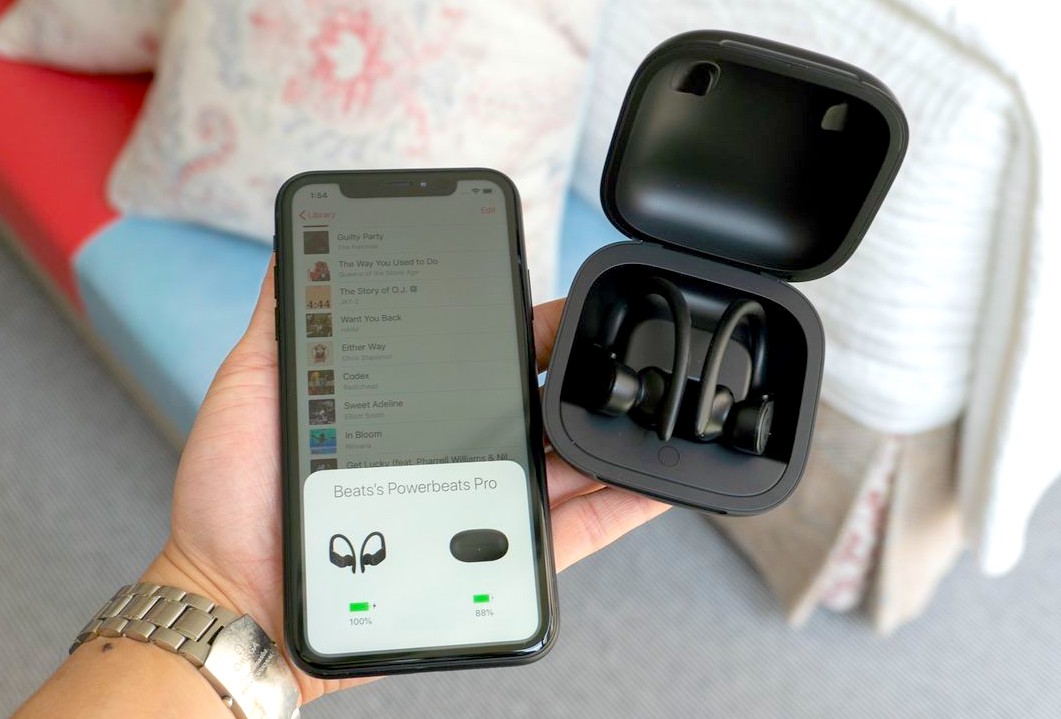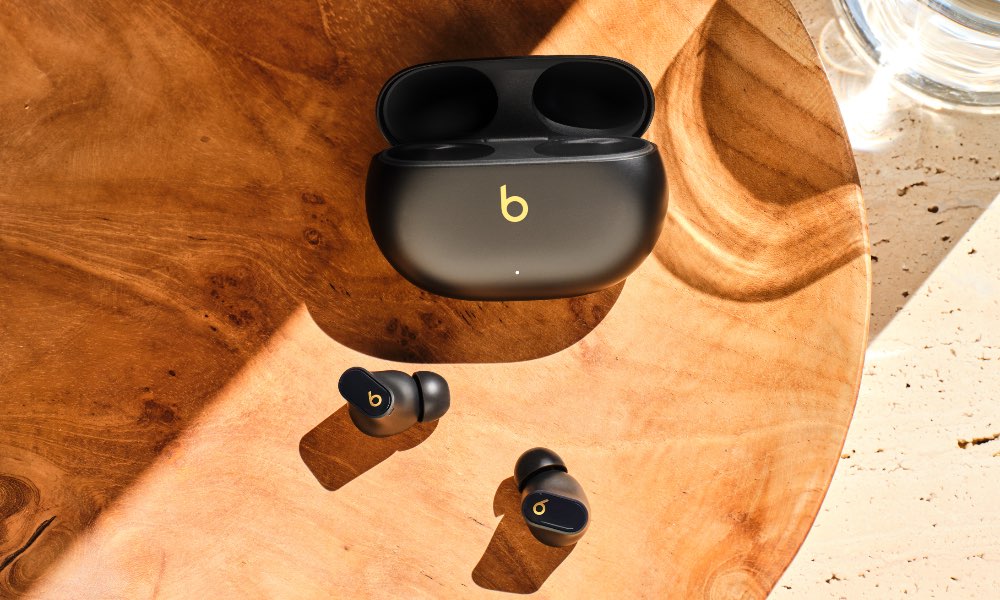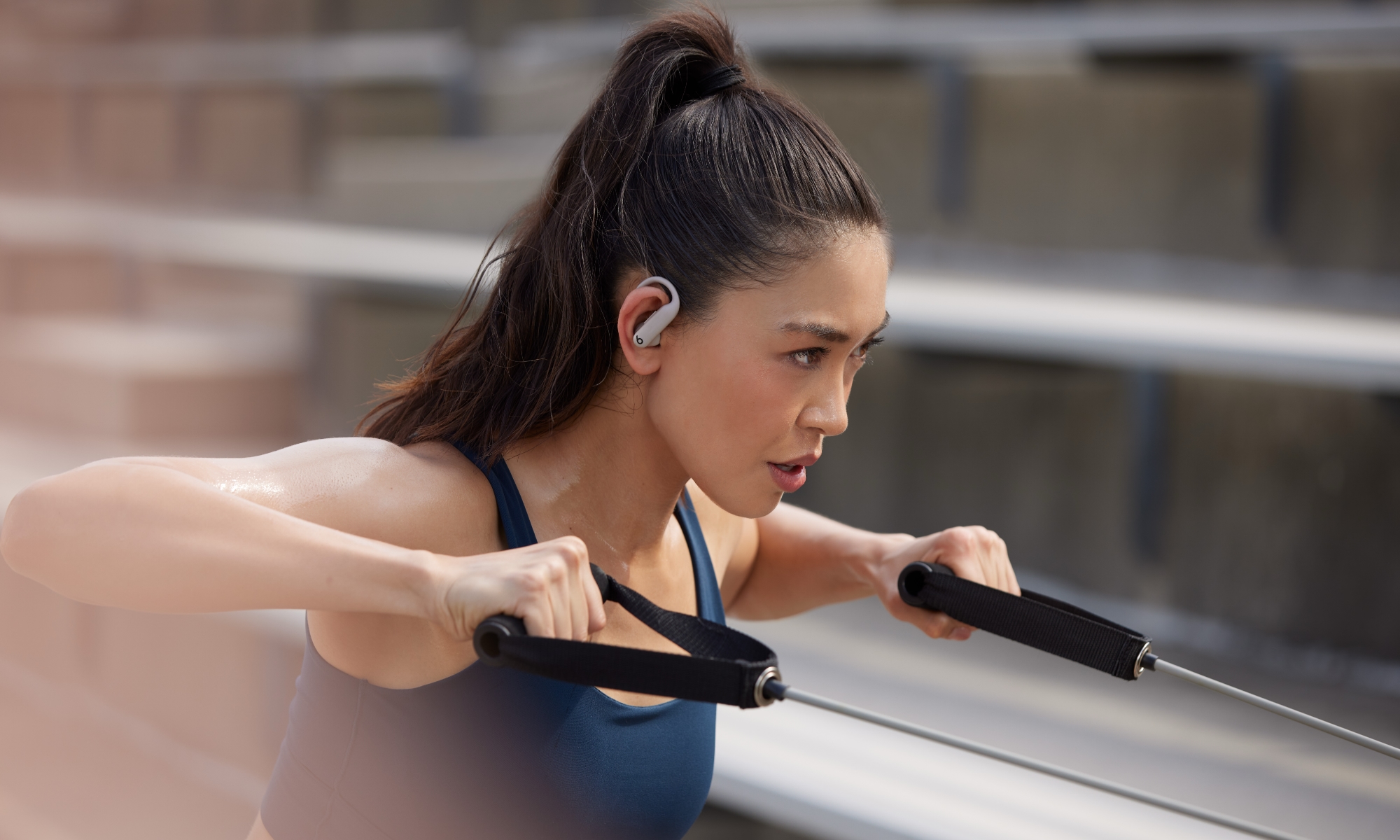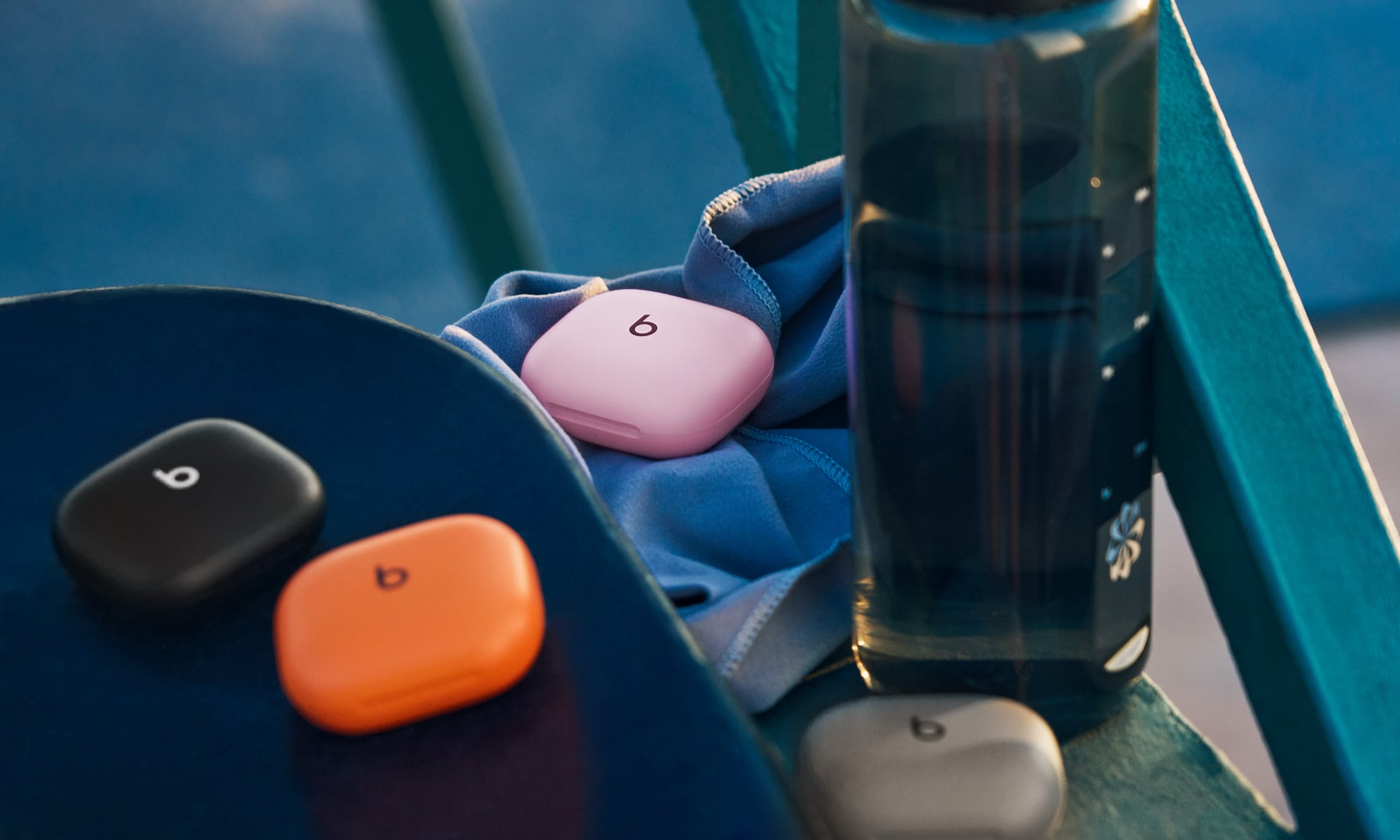Apple’s Powerbeats Fit: An Iconic Brand Makes a Comeback
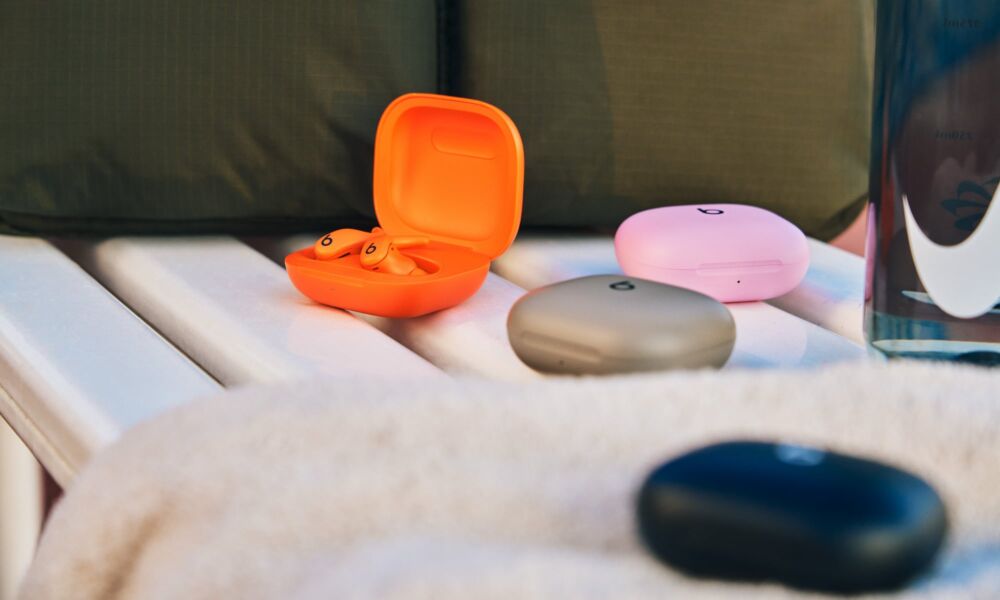
Toggle Dark Mode
Following a rather cryptic teaser at the end of last month, Apple’s Beats division has officially released the Powerbeats Fit, while also drawing a clearer dividing line within its Beats lineup.
The Powerbeats Fit are the successors to the 2021 Beats Fit Pro, as is readily apparent from their design. They feature the same stemless aesthetic, employing flexible wing tips to hold them in your ears. When it released the Beats Fit Pro, the company said it had conducted extensive research to design a product that would stay in place during even the most strenuous workouts.
Reviewers generally agreed the design was secure, but some found it less comfortable for long listening sessions. Hence, the Powerbeats Fit have a redesigned wing tip that’s more flexible and may reduce pressure against the ear canal for better comfort.
The rest of the Powerbeats Fit offer similar refinements over the Beats Fit Pro rather than significant upgrades. The battery life is approximately the same, offering up to 6 hours of listening time with ANC enabled or 7 hours with it disabled, which can be extended to 24 hours and 30 hours, respectively, when using the case. However, Apple and Beats clearly felt it was more important to reduce the size of the case than increase battery life, as it’s managed to shrink it by about 17 percent, making it more pocketable.
Under the hood, the Powerbeats Fit also pack in the same H1 chip as the Beats Fit Pro. This provides the same Apple ecosystem advantages as the older AirPods 3, AirPods Pro, and the current AirPods Max, including Active Noise Cancellation, Transparency, Adaptive EQ, and Personalized Spatial Audio. However, they’ll still fall short of what the rest of the H2-powered AirPods can do.
We’ll have to wait for some real-world reviews to know if the Powerbeats Fit offer any sound improvements over their predecessors. The Beats press release states that they deliver great sound, of course, but they don’t make any comparisons to other headphones or earbuds.
What’s perhaps most notable is that Apple is referring to this as a “reintroduction” rather than an upgrade:
Reintroducing Beats Fit Pro as Powerbeats Fit—alongside Powerbeats Pro 2—unifies our lineup under a name synonymous with athletic performance and gives customers a clearer choice between two distinct, fitness-first form factors. Powerbeats Fit combines the best of Beats Fit Pro with next-level comfort, durability, and portability—making it a worthy addition to the Powerbeats family.
Oliver Schusser, Apple’s vice president of Music, Sports, and Beats
There’s a bigger picture to what Apple and Beats are doing here, and it’s more about unifying its branding than adding new features.
The Powerbeats Saga
Apple has been nudging Beats onto the same in-house chips that power AirPods, but the path zig-zagged — and Beats Fit Pro became a surprising pivot point.
The W1 Era (2016–2017)
When Apple launched the first AirPods in 2016, a gradual transition of Beats headphones to the same W1 chip used in the AirPods. Over the next year, the Beats Solo3 Wireless, Powerbeats3 Wireless, BeatsX, and Beats Studio3 Wireless all adopted W1, gaining the same seamless pairing and ecosystem perks.
The First H1 Wave (2019–2020)
Apple followed a similar strategy in early 2019 when it introduced the H1 chip in the second-generation AirPods. The Powerbeats Pro were the first Beats to get H1, ahead of the original AirPods Pro. That same year saw the short-lived Beats Solo Pro, the only on-ear Beats model to use H1 before being suddenly discontinued in 2021.
In 2020, the H1-powered Powerbeats replaced the aging Powerbeats3, while the Beats Flex arrived later that year as an ultra-budget option, become the last to feature the older W1 chip.
However, the following year, Apple decided to do something completely different.
The Custom Beats Era — and the Exception (2021–2024)
Apple surprised everyone in 2021 with the Beats Studio Buds, which abandoned W/H silicon in favor of a custom chip designed for cross-platform use. This made them the first Beats equally friendly to both Android and iOS.
At that point, many thought that Beats and AirPods would go their separate ways, but then Apple threw us another curveball with the Beats Fit Pro later that same year. These marked the return of the H1 chip, making them a more viable alternative to AirPods. However, these also still felt like a strange one-off, as every product from that point on — the Beats Studio Buds+, Beats Studio Pro, Beats Solo 4, and Beats Solo Buds — used the custom Beats silicon.
The Full Return of H-Series (2025)
It wasn’t until this year that we saw a return to AirPods silicon with the Powerbeats Pro 2, upgraded to the H2 chip and equipped with new features like a heart-rate sensor that would eventually come to the AirPods Pro 3.
The rebranded Powerbeats Fit now slot in alongside Powerbeats Pro 2, making it clear that the “Powerbeats” name signals Apple’s H-series technology — and that these models are aimed squarely at fitness and active users.
From a branding perspective, the Beats Fit Pro name was slightly confusing alongside the Beats Studio Buds and Beats Solo Buds, making it difficult to distinguish between them solely by their names, and tossing the Powerbeats Pro 2 into the mix complicated things even more.
The Beats Studio Buds+ and Beats Solo Buds somewhat resemble the iconic Beats branding of its over-ear and on-ear headphones, the Beats Studio and Beats Solo, which are now both sold as “Pro” versions. That’s a nicely aligned product family where the Beats Fit Pro felt like the red-headed stepchild.
However, the new name is a perfect “fit” (pun partly intended). Powerbeats Pro and Powerbeats Fit both pack in Apple’s H-series chips, and they’re both targeted at fitness enthusiasts and others with active lifestyles. If you’re a Beats Fit Pro user, there’s little reason to upgrade unless you find your Fit Pro uncomfortable. For new buyers, though, the Powerbeats Fit make it far clearer what Beats’ fitness-focused lineup is all about.
The new Powerbeats Fit can be pre-ordered on Amazon for $199.99 in spark orange, jet black, gravel gray, or power pink. They’re expected to begin shipping on October 2.


